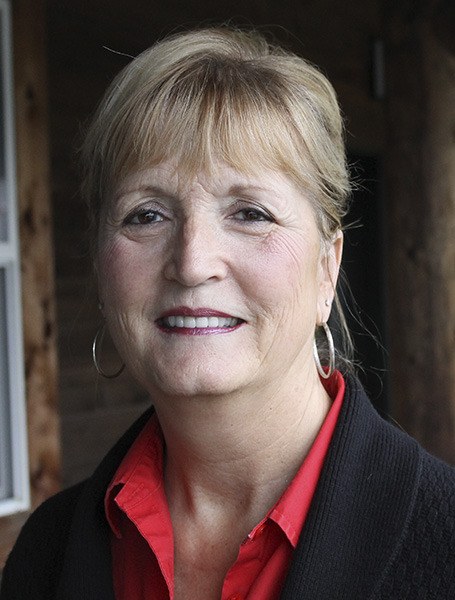By Cherie Sarrett
Journal of the San Juans Sales Manager
From 1964 to 2014 the changes for women in business has been significant.
When I first started working in 1967, women made up a very small part of the total workforce. Although the Equal Pay Act of 1963 was in place at that time, women only made 66 percent of the income that their male counterparts made.
Yet we were happy to be working. Who were we? Were we the ladies from “Mad Men”? Were we the beautiful wives who could survive on their looks, the voluptuous secretaries with benefits or the naïve, well educated, driven women who wanted to work in a man’s world and be treated as an equal? We were all of these women. We wanted to bring home the bacon and still be the best mother and wife possible. Now that we had the chance, we wanted to do it all.
My experiences in the workforce in the 1960s were much like you see on TV. The term “being hit on” was evident daily. We were attractive, we wore skirts, therefore we were free game.
There was no lack of dodging the hands that lingered a little too long or the ever-present sexual remarks and innuendos. I remember making $1.89 an hour and being told I was lucky to be making that “as a woman.” In part, we believed it. But in our hearts we knew our value, and we were willing to wait it out and prove our worth as productive employees no matter how long it took.
We instilled in our daughters the need to have a career, to be able to take care of ourselves and our families. My father died when I was 8 years old, and I watched my 8th grade-educated mother struggle to support two children while working two jobs: grocery clerk and cook at the school cafeteria. I didn’t want that for me or for my daughters. I couldn’t see taking the chance at being blindsided by the loss of the bread earner and not be able to recover.
By 2008, 56 percent of women were in the workforce up from 42 percent in 1975. But the pay for full-time working women in 2008 was still only 82 percent of a man’s income. Statistics show that it will be 2085 before we actually make the same as our male equivalents.
Even today the glass ceiling is hard to break through. Women comprise only 4.6 percent of Fortune 500 CEOs. We have made strides, but not great strides. I believe part of this is still the “good ole boy network” along with the “work-life” struggle that women contend with. It has been a struggle. But from someone who has been a part of this struggle for almost 50 years, we are still strong and we are still women of substance and passion.



